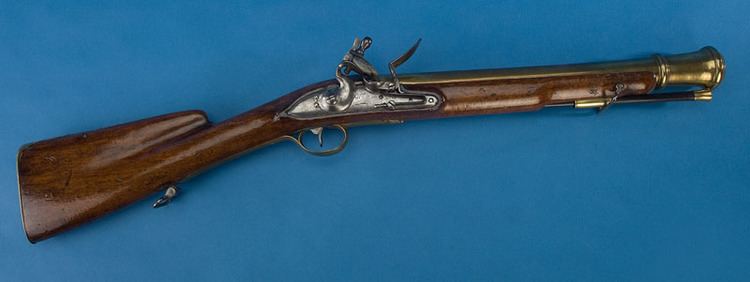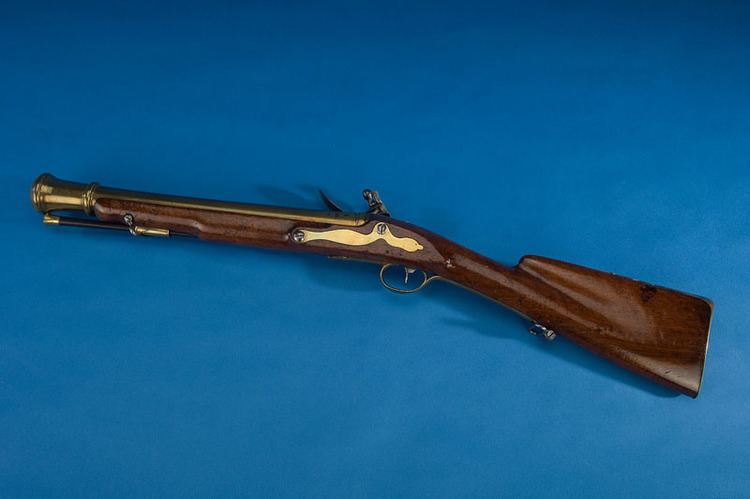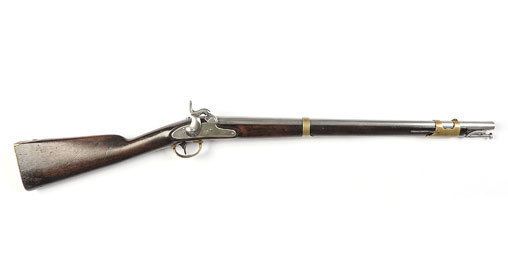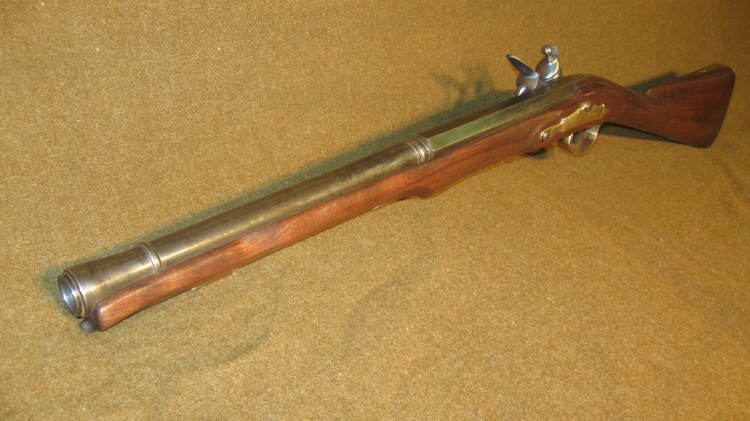 | ||
1861 parker hale enfield musketoon chapter 2
The musketoon is a shorter-barrelled version of the musket, and served in the roles of a shotgun or carbine. Musketoons could be of the same caliber as the issue musket, or of a much larger caliber, 1.0–2.5 inches (25–63 mm). The musketoon is most commonly associated with naval use, and pirates in particular, though they also served in a carbine role with cavalry. Musketoon barrels were often flared at the muzzle, resembling a cannon or blunderbuss.
Contents
- 1861 parker hale enfield musketoon chapter 2
- 1861 parker hale enfield musketoon 58 caliber
- Description
- Service
- References

1861 parker hale enfield musketoon 58 caliber
Description

Musketoons had a brass or iron barrel, and used a wheellock, flintlock or caplock mechanism firing mechanism, like the typical musket of the period. They were fired from the shoulder like the musket, but the shorter length (barrels were as short as a foot (30 cm) long) made them easier to handle for those in restricted conditions, such as mounted infantry and naval boarding parties.

Smaller bore musketoons matched the caliber of the muskets in service, and were generally used the same way, with single musket ball or a buck and ball load, while large bore musketoons were loaded with multiple buckshot or pistol balls (generally smaller in diameter than musket balls) and used as shotguns. It is this type of loading that is most associated with naval use. Their resemblance to earlier weapons like the blunderbuss has led to their misidentification in both scholarly and popular media.
Service

Musketoons saw service with the US Army on land as the short length musket-caliber Springfield Model 1847 Musketoon. The weapons were issued to antebellum dragoons between the Mexican-American War and the American Civil War. Their adoption at that time was not due to the lack of more advanced firearms but due in part to ammunition discipline needed while using a muzzle loading weapon.

The Model 1847 musketoon's inadequacies were largely responsible for Steptoe's loss at the Battle of Pine Creek (along with other poor equipment selections).

The shortcomings of the Springfield Model 1847 were also responsible for the entrapment of Captain Andrew Jackson Smith's forces near Big Meadows. His command survived the encounter due to the intervention of another column of U.S. infantry under the command of Captain Christopher C. Augur.
